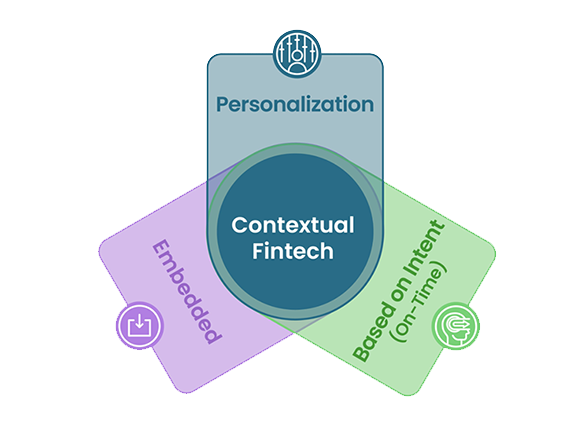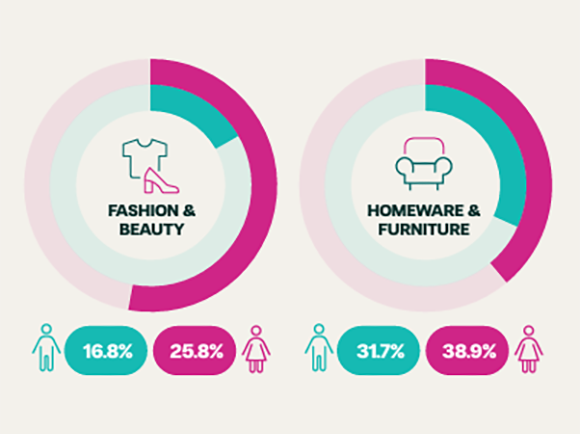
POS financing (also known point-of-sale finance, retail finance and checkout finance) is finance available at the time of purchase. Credit is offered to consumers at the retailer’s checkout by a third-party lender. It is embedded as a payment option at the retailer’s checkout.
POS financing gives customers the ability to take out a loan for the amount of their purchase and spread the cost over a period of time. Repayments are made on a weekly or monthly basis. Lenders may sometimes charge interest or require a deposit, but this varies depending on the finance product.
The most well known iteration of POS financing is Buy Now, Pay Later (BNPL). BNPL is interest-free credit that allows consumers to spread the cost of a good over a short period. Repayments are made on a weekly or monthly basis for loans on purchases up to £250 in value. While all BNPL is a form of POS financing, not all POS financing is a form of BNPL.
Other flavours of POS financing include Short-term Interest-free Credit, Interest-bearing, Pay in 3 or 4, or Pay in 30.
Where is POS financing found?
POS financing is traditionally found in-store. Merchants as far back as the 1800s used a form of POS financing to make the cost of big-ticket items such as furniture and farming equipment more manageable. Thanks to advances in technology and the rise of e-commerce, retailers today can also embed POS finance online. It is available for nearly all product categories, but some of the most popular are home improvements, electronics, jewellery, travel and fashion.
What makes POS financing popular?
POS finance is a win-win-win for consumers, merchants and lenders.
Consumers can reduce the upfront cost of a purchase by spreading the payment over time. Improved money management is often cited as one of the major benefits of using POS finance products like Buy Now, Pay Later.
Merchants, meanwhile, see an increase in their average order values as customers are likely to buy a greater number of, or more expensive items in each financed transaction. With an easy way to manage their finances, customers may buy a footstool to match their new chair, headphones to go with their laptop, or speakers for their new television.
Lenders gain access to a new pool of customers they have otherwise not been able to reach. Traditional loans require customers to apply directly with a lender they may already have a relationship with in advance of a purchase. But POS financing, available at the merchant’s checkout, gives lenders the opportunity to offer loans to the merchant’s customers at the point they need the finance.
I’m a merchant: How can I get started with POS financing?
The first thing to consider is whether finance is right for your business. The proliferation of Buy Now, Pay Later has made financing things like takeaways, fuel and your weekly shop possible. But it has also been met with criticism. You must consider your customer profile, the price of the goods you sell, and whether it would be helpful to offer finance to your customers; your customer’s welfare must be at the heart of your decision making.
Once you are sure you would like to offer finance, do the following:
Choose the right provider
Not all POS finance providers are created equally. Each provider offers a different flavour of POS finance. The lender and product type that suits you will again depend on the type of business you have and the products you sell.
Ask yourself: What type of support does this provider offer to merchants and lenders? How quickly can they get me up and running with finance? How easy is the integration? Which markets do they operate in?
Understand the costs
The price you are charged as a merchant varies. Transaction fees are generally between 2% and 8% for interest-free credit but can be higher. There are also monthly licensing fees, marketing costs, and initial setup fees. Some providers may pay you to feature their payment method at your checkout, depending on the size of your business and the volumes of finance you can provide.
Consider an omni-channel solution
Though most commonly found at online checkouts, POS financing started as an in-store payment method. Offering both gives your customers a consistent experience.
Some customers may start their journey in store and finish their purchase online. Similarly, some consumers may see finance on your website and visit your store to test your product in person. The option to complete their finance application at any touchpoint will vastly improve their experience.
Advertise early in your customer journey
There is no point offering finance if you don’t promote it. But where you advertise can also have a huge impact on the uptake and performance of your finance solution.
Advertise point-of-sale financing on your home-page, landing pages and your product pages. Put a sticker in your shop windows, around the store, and train your sales staff in how and when to offer finance. Do this, and customers will navigate your store (online and in-person) knowing they can afford more. The result will be an increase in average order values.
On the flip side, only advertising finance at the checkout could cannibalise cash or card customers, and end up costing your business more money. A debit card transaction costs around 0.3%, while a point-of-sale financing transaction can cost 8%, so if someone could pay cash or debit, this should be your preferred method.
Provide an instant decision
Don’t keep your customers waiting. Make sure your solution provides an instant decision. Soft credit checks can give your customers the confidence they need to apply.
Make the refund process clear
Adding a third-party lender into your transaction process can make things tricky if there’s an issue with the purchase. Customers must know who to contact if something goes wrong. You must have a clear line of communication with your lender, so that if a refund needs to be processed, the customer stops paying for the good. Payment plans can take up to 60 months so it’s important things are dealt with swiftly to protect your brand and relationships.
What makes Divido different?
Divido is a technology provider, not a lender. This gives us a distinct advantage in the retail finance market. Merchants can connect to multiple tier one lenders via a single integration using the Divido platform. This gives your business access to a suite of credit products to suit your customer needs.
You might also
be interested in
Keen to know more?








